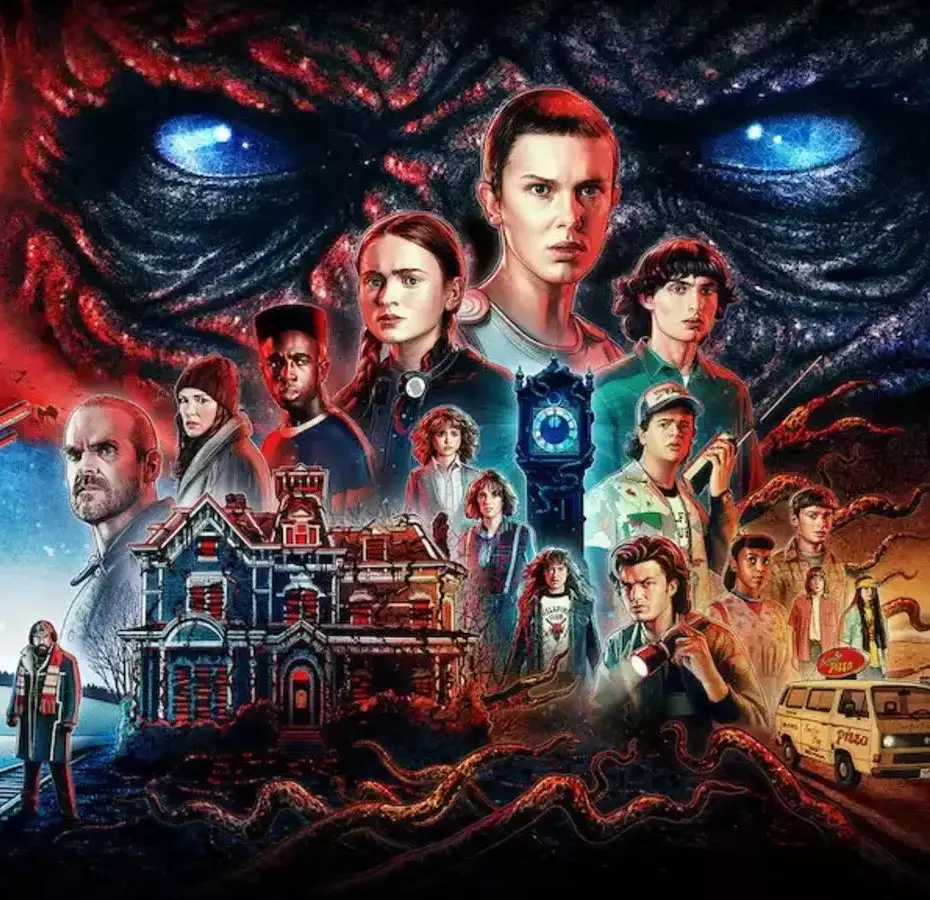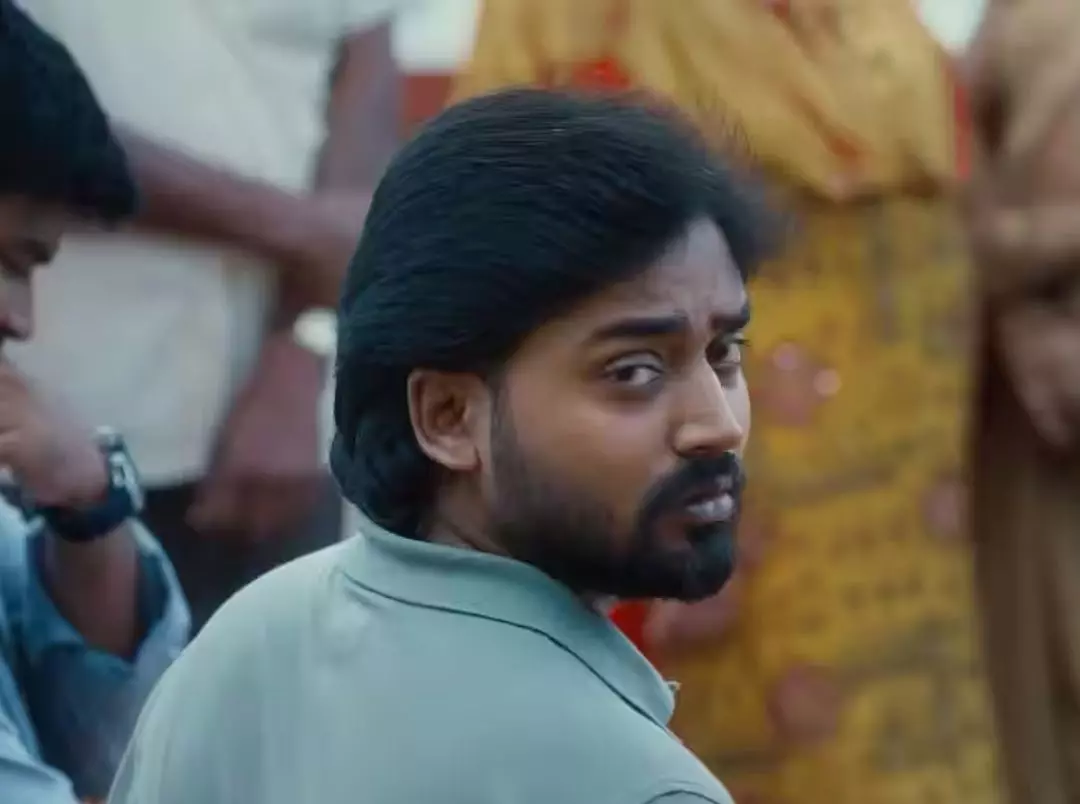Table of Content
When "Hum Aapke Hain Koun" first graced the silver screen in 1994, it was hailed as a rejuvenating force in the Indian film industry. At a time when cinema was struggling with a lack of innovation and creativity, the industry was churning out films that failed to captivate audiences, leading to a decline in theater attendance. The rise of home entertainment options, such as satellite television, was also beginning to shift how people consumed media. Despite these challenges, Sooraj Barjatya's film, featuring Madhuri Dixit and Salman Khan, emerged as a cultural phenomenon and became a must-watch for families across India. But what made "Hum Aapke Hain Koun" such a compelling draw?
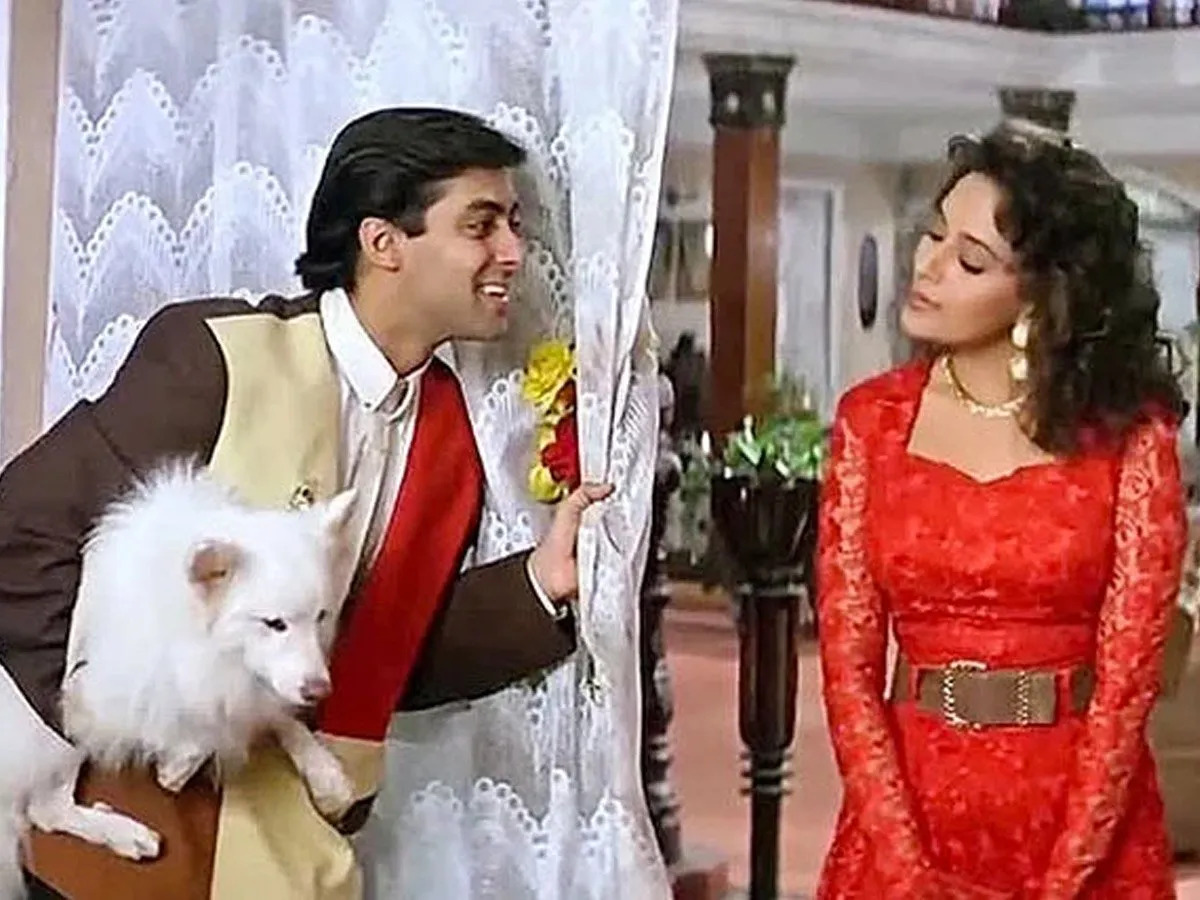
For many millennials, "Hum Aapke Hain Koun" was a seminal introduction to the world of cinema. The film, which runs for three and a half hours, presents a narrative where characters epitomize kindness and nobility, offering a fairytale-like experience. In this world, everyone is selfless, speaks softly, and exhibits no malice. To children with impressionable minds, this portrayal of idealized familial relationships and harmonious living seemed perfect. However, as these children grew up, the film's depiction of a flawless, conflict-free family began to appear increasingly unrealistic and overly sentimental. The characters, once seen as ideal, now felt excessively idealized, and the film’s portrayal of family dynamics started to seem forced and out of touch, reflecting a patriarchal view. Despite these flaws, "Hum Aapke Hain Koun" sold a dream of familial perfection, which contributed to its remarkable success.
The storyline of "Hum Aapke Hain Koun" centers on a joyful family. The film begins with the eldest son marrying a woman, leading to even greater happiness in the household. Tragedy strikes when the woman dies in a sudden accident. After a period of mourning, the family reunites to celebrate their lives moving forward. The central conflict of the film is the death of the woman, and it suggests that only such a significant event could disrupt a family's happiness. The film minimizes the importance of everyday conflicts and petty arguments, portraying them as inconsequential compared to the larger picture of family unity. This idealized vision of a perfect household, where everyone loves each other and lives in harmony, serves as an aspirational fantasy for viewers. In the context of Indian cinema’s tradition of offering aspirational content, "Hum Aapke Hain Koun" provided a vision of an idyllic family life that many found desirable.
However, "Hum Aapke Hain Koun" is undeniably a product of its time, and revisiting it today raises questions about its relevance. Modern heroes have evolved from the idealistic characters who went to great lengths to win over their love interests to more complex, often morally ambiguous figures. The traditional depiction of heroes in films like "Hum Aapke Hain Koun" now seems one-dimensional compared to the more nuanced characters found in contemporary cinema. Additionally, the classic format of lengthy films with multiple song-and-dance sequences, characteristic of the era, is less favored by today’s audiences.
The film also reflects outdated gender norms and misogyny. The female characters, particularly Madhuri Dixit’s protagonist and Renuka Shahane’s supporting role, are depicted as having no careers, social lives, or personal ambitions outside their domestic roles. Their primary purpose is to manage the household and cater to the men, reinforcing traditional gender expectations. This portrayal is further celebrated through the film’s musical numbers, presenting these old-fashioned roles as ideal rather than problematic.
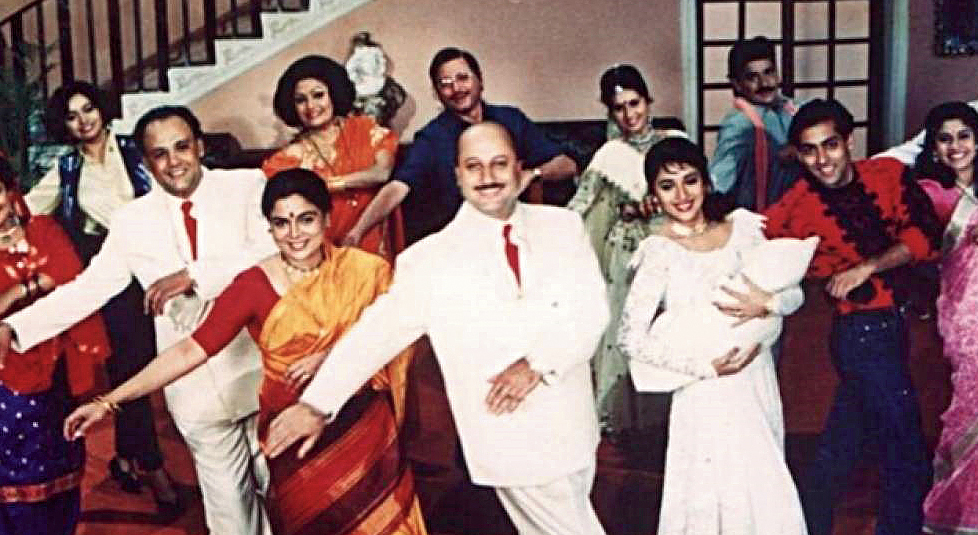
As "Hum Aapke Hain Koun" reaches its 30th anniversary, it prompts a reflection on whether its idealized depiction of family life and its reinforcement of traditional gender roles would still resonate with today’s audiences. The film’s portrayal of an immaculate family dynamic and its traditional views on gender roles may not align with contemporary values, which embrace more diverse and realistic portrayals of family and gender. The film remains a nostalgic artifact of its era, representing a time when cinema offered a more fantastical and less critical view of societal norms.
In summary, "Hum Aapke Hain Koun" holds a special place in the history of Indian cinema as a film that brought families back to theaters and presented an aspirational vision of familial happiness. However, its outdated portrayal of gender roles and idealistic family dynamics might not align with current sensibilities. As audiences evolve and societal norms shift, the film stands as a relic of a bygone era, offering both a reflection on the past and a reminder of how cinema has changed over the decades.
Also read: 10 Best Hindi Family Movies for Family Fun
.webp)

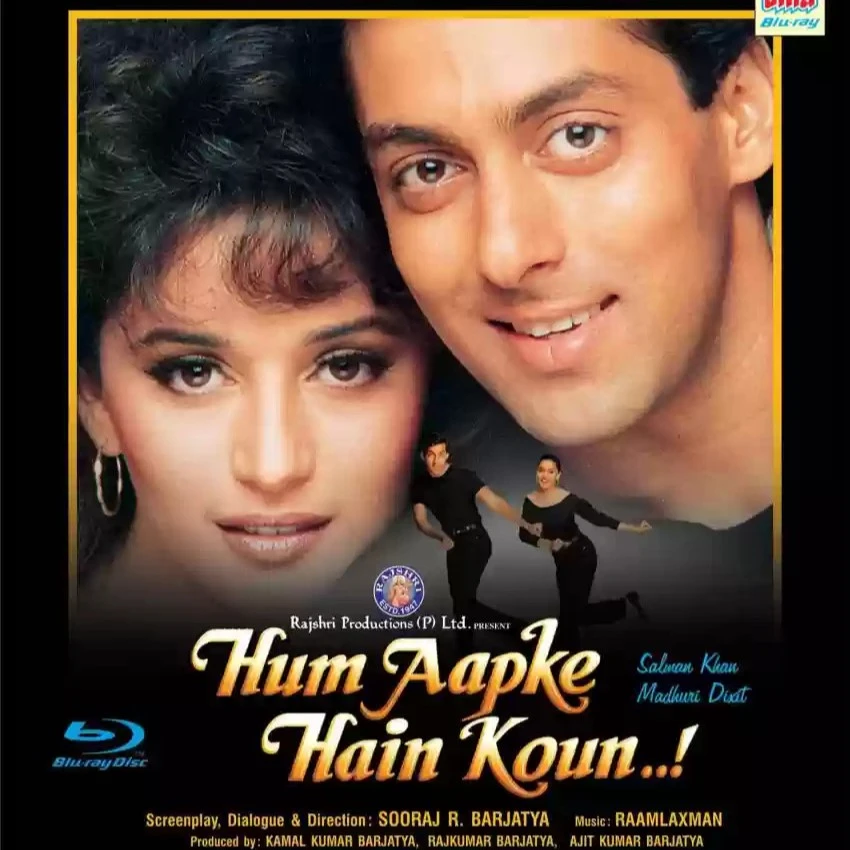

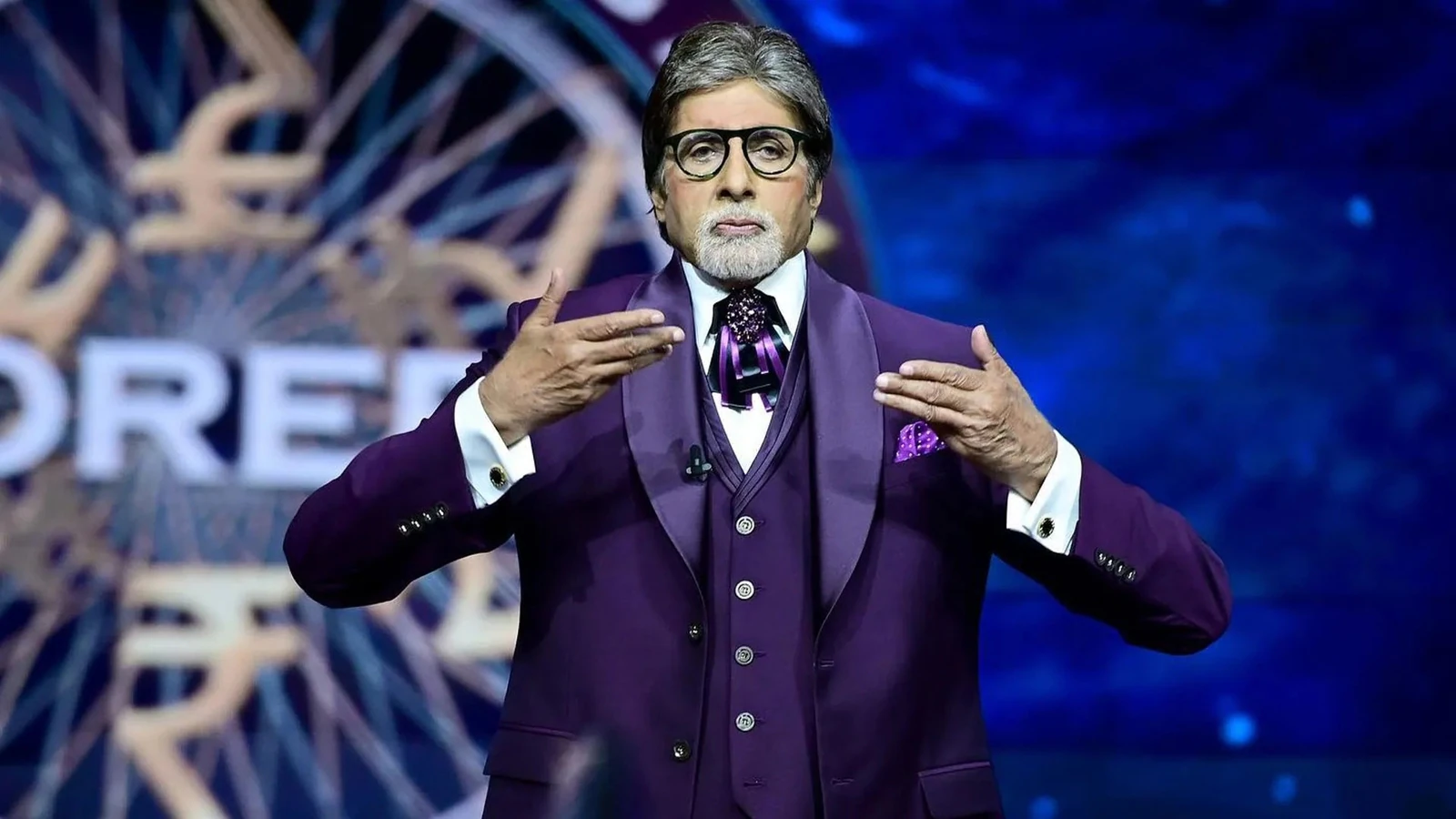
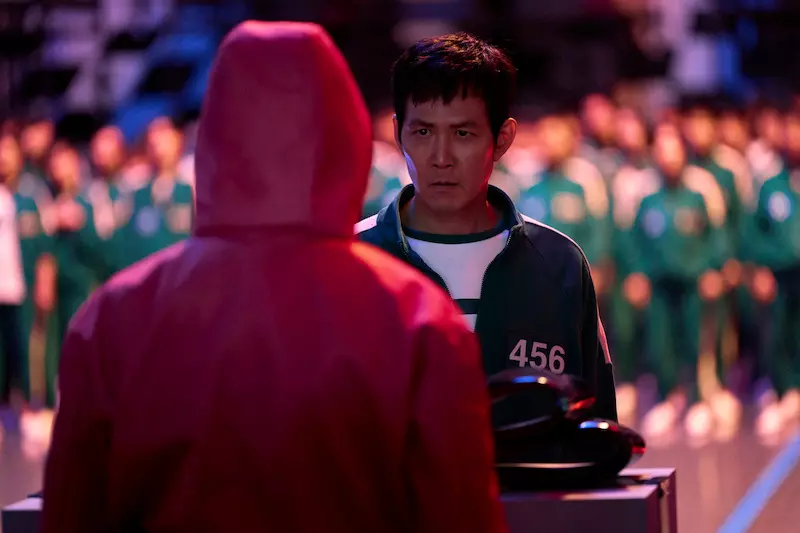
_1735214375.webp)


